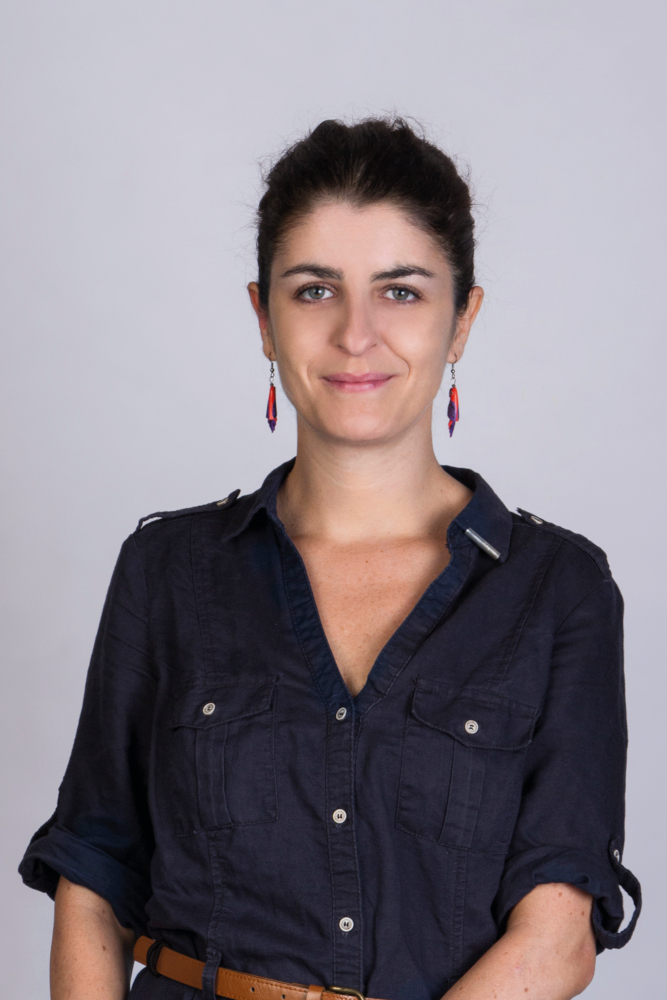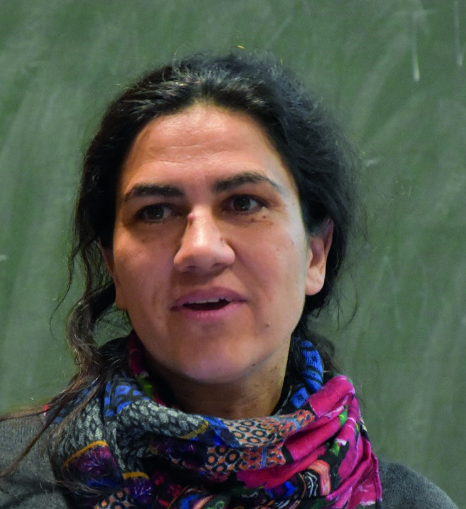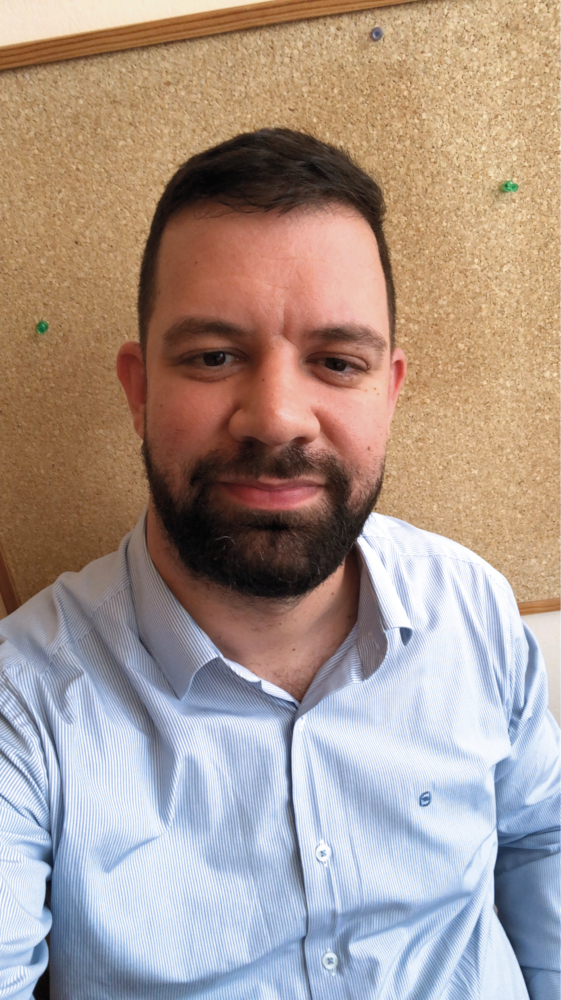
Most employers today require fresh graduates to have international experience, but not all them have a chance to participate in foreign mobility. That’s why there are a number of initiatives at Hungarian universities which prepare students for the global labour market without even having to cross the border. The following good examples are some of them.
Internationalisation at Home – Good Practices
_DrNúriaHernández-Nanclares(University_of_Oviedo).jpg) VIRTUAL MOBILITY
VIRTUAL MOBILITY
At Pázmány Péter Catholic University (PPKE), learning together virtually with students of foreign universities goes back years, so for them it was clear that they would join the Erasmus+ Virtual Exchange programme, too.
The lecturers launching the virtual project attend a six-week-long online training first, where they learn the methodology of virtual mobility: how to design and implement international partnership projects integrated into education. Upon completing the training begins the search for partners, when the lecturers who have signed in look for partner universities for their own projects to be implemented.
Headed by Dr. Rita Kóris, a number of virtual mobility projects are currently run at PPKE; one of them was the course implemented in the academic year 2018/2019 in cooperation with the University of Oviedo, Spain. During the semester, the Hungarian students of International Relations studied EU language, whereas the Spanish students of economics focused on the economy of the EU.
The students of the two universities needed to complete various tasks in topics related to their own specialist fields, and obtain credits at the end of the course. The activity wasn’t simply about gaining knowledge, but also the means of gaining it: the tasks were entirely completed online, using a task management tool. Thus, in fact, they were also practising the work processes and communication of international businesses.
PPKE has set the goal to have other faculties adopt the tried and tested method, too; they think that it would be also important, for example, for future language teachers to be open to such methods.
 COOPERATION “ON THE WALL” AND BEYOND
COOPERATION “ON THE WALL” AND BEYOND
A unique transatlantic project work resulted in a new brand strategy for an American foundation of arts and environmental protection, due to the cooperation of social designer and graphic arts students of Moholy-Nagy University of Art and Design (MOME) and the Maryland Institute College of Art (MICA), USA. During the R&D process, MOME developed a new method to internationalise the courses, which they will also make available to other faculties.
The project seeks to develop international social design training; on the one hand, to build best practices for other R&D&I projects, on the other hand, to extend the methodology of transatlantic and interdisciplinary education at MOME.
They formed groups of ten students each, where students of graphic design and those of social design worked together – in 99 percent of the cases, on a “wall”, as they only met the overseas participants on a screen.
During the process, the students learnt about the toolkit of social design research. They made interviews via videotelephone and personally with the beneficiaries and representatives of the foundation, they analysed and synthesised data, and then they followed through a social design process in English.
According to research fellow Bori Fehér, it’s a great achievement that students are now self-confident enough to get in touch with foreign partners. As designers, they benefit a lot from the course, let alone the intercultural values it gives them.
ONLINE INTERCULTURAL COMMUNICATION
A number of international projects implemented by Budapest Business School (BGE) focused on online intercultural communication, or telecollaboration. Requiring an attitude change both from students and teachers, the method was also addressed by the quality award winning ICCAGE strategic partnership Erasmus+ project, in which the university participated as a partner. The project sought to improve students’ specialist language skills, and after closing, similar partnerships will be implemented at the University, both with former foreign partners and new institutions.
As a part of telecollaboration, the students don't only learn what it means to be in an intercultural environment, but also the challenges associated with it. They need to plan how to share the duties among them, how to organise the meetings, taking into consideration time difference, for example, or how students from various countries relate to deadlines.
Dr. Gábor Réthi, international head of the Faculty of Finance and Accountancy explained that telecollaboration provides a certain technical environment in which it depends on the participants – whether students or lecturers – how much they can improve their intercultural skills. There are a lot of subjective factors, and it requires great determination to use it, as it differs from what we are used to. But if students find that the lecturer is committed to the method, too, it will create credibility, a driving factor of common work.
According to Associate Professor Dr. Ágnes Pál, it’s a competitive advantage in the labour market to have international experience, and that’s what telecollaboration offers, practically without expenses, using the Internet. What students learn becomes common, practical knowledge, which they master under controlled circumstances, partly within and also outside their comfort zones.
Last modified: 27-07-2020

















